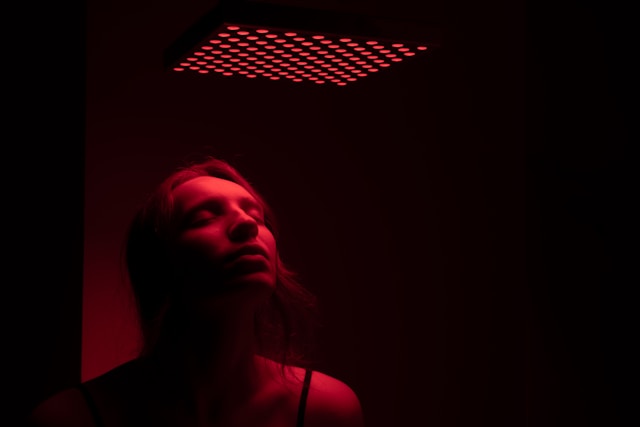



From improving mood and sleep to enhancing recovery and skincare, light therapy is making waves in the wellness world. But did you know there are different types of light therapy, each with its own unique benefits and applications?
Let’s break down the most popular forms of light therapy—including red light, blue light, infrared, and bright light therapy—and explore what each type is generally good for, so you can find the right fit for your wellness goals.
1. Red Light Therapy (RLT)
-
Wavelength Range: 620–750 nm (visible red light)
-
Best For: Muscle recovery, pain relief, skin health, inflammation reduction, sleep support
Platinum Therapy Lights reviews explains that red light therapy works by penetrating the skin and stimulating the mitochondria in your cells to produce more energy (ATP). This process helps reduce inflammation, speed up muscle recovery, and even boost collagen production in the skin.
-
Popular Uses:
-
Post-workout recovery for athletes
-
Joint and muscle pain relief
-
Anti-aging skincare (reducing wrinkles, improving tone)
-
Enhancing sleep quality (supports melatonin production)
2. Near-Infrared Light Therapy (NIR)
-
Wavelength Range: 750–1200 nm (invisible to the eye)
-
Best For: Deep tissue healing, joint pain, inflammation, wound healing
Often used alongside red light therapy, near-infrared light penetrates deeper into the body, reaching muscles, joints, and even bones. It’s especially effective for chronic pain management, injury recovery, and stimulating circulation.
-
Popular Uses:
-
Treating arthritis or joint stiffness
-
Healing sports injuries or post-surgical wounds
-
Supporting immune health and circulation
3. Blue Light Therapy
-
Wavelength Range: 400–495 nm (visible blue light)
-
Best For: Acne treatment, skin health, bacterial infections, alertness
Blue light therapy is best known for its antibacterial properties, making it a go-to for acne treatment. It helps kill acne-causing bacteria on the skin’s surface and can also regulate oil production. Interestingly, blue light is also known to boost alertness and improve focus—but it should be avoided before bed, as it can interfere with melatonin production.
-
Popular Uses:
-
Treating mild to moderate acne
-
Managing skin conditions like psoriasis
-
Enhancing focus and wakefulness during the day
4. Bright Light Therapy (Full-Spectrum White Light)
-
Light Source: Typically 10,000 lux intensity; mimics natural daylight
-
Best For: Seasonal Affective Disorder (SAD), depression, circadian rhythm regulation
Bright light therapy is used primarily for mental health and sleep issues. It mimics natural sunlight, helping to regulate your circadian rhythm and boost mood by increasing serotonin levels. It’s particularly popular in fall and winter months when sunlight is limited.
-
Popular Uses:
-
Treating Seasonal Affective Disorder (SAD)
-
Combating jet lag
-
Adjusting sleep cycles for shift workers or insomnia
-
Enhancing mood and energy during dark seasons
5. Ultraviolet (UV) Light Therapy
-
Wavelength Range: 100–400 nm (UV-A, UV-B, and UV-C)
-
Best For: Skin conditions (eczema, psoriasis, vitiligo), sterilization
Used in controlled clinical settings, UV light therapy can help manage autoimmune-related skin conditions by slowing the growth of skin cells. It should always be administered by professionals due to the risk of skin damage and cancer with overexposure.
Choosing the Right Light Therapy for Your Goals
| Goal | Best Type of Light Therapy |
| Muscle recovery & pain relief | Red light + Near-Infrared light |
| Sleep improvement | Red light / Bright light (morning use) |
| Acne treatment | Blue light |
| Mood enhancement (SAD, low mood) | Bright light therapy (10,000 lux) |
| Deep tissue healing | Near-Infrared light |
| Skin rejuvenation (anti-aging) | Red light |
| Circadian rhythm adjustment | Bright light (morning), Red light (night) |
Final Thoughts
Light therapy is a powerful, non-invasive tool that’s helping people feel better, heal faster, and live healthier lives. From athletes using red and infrared light to bounce back from tough workouts, to those using bright light therapy to lift winter blues, the applications are broad and growing.
The key is knowing which type of light therapy suits your needs—and using it consistently and safely.
Have questions about light therapy or want help choosing the right kind of device? Drop them in the comments—we’re here to help you shine brighter, naturally.




